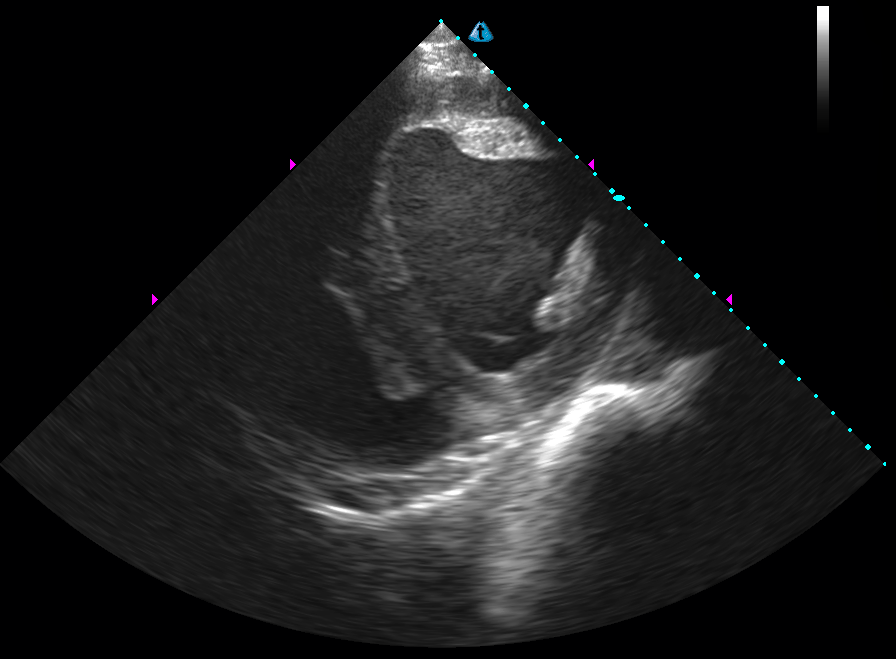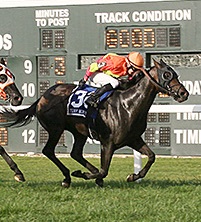EQUIX Cardio Capacity Scores
EQUIX uses ultrasound to scan the left chamber of the heart. This is the output valve. We store several consistent beats of the heart and take measurements when the chamber is in the expanded state (diastolic) and then when the chamber contracts (systolic). From this we calculate Stroke Volume, or how much blood is being pumped per beat. We also measure the thickness of the heart wall muscling and observe and note the pace, timing, and function of the chamber.
The data derived is computed with a set of body measurements, and an EF Score given for each horse is based on the horse’s size, sex, exact age, and level of fitness.
Average, in this sense, is not "mediocre". It means that the oxygen delivery potential of the heart "fits" that particular horse's body size and structure.
Many horses with average EF Scores have suitable oxygen delivery for racing at most distances (based upon their own biomechanical potential). However, horses who have Above-Average heart capacity gain oxygen delivery potential when racing at distances over a mile, particularly colts. When excellent walls, a naturally slow pace, and good function are present, these traits increase the athleticism of that particular heart and there is a greater chance for a high performance level.
Our 26 years of Cardio data support these findings, and we use this vast database to give an overall rating on each heart. We continually track the percentage of stakes winners and stakes-placed horses within each EF Score category, plus average earnings, average winning distance, and speed indexes.
Sprinters often race well with average and even slightly below-average heart capacity, especially if athletic traits are present. A sprinter's oxygen delivery needs begin right out of the starting gate when fast early fractions are often key to winning these races. An average or smaller heart with strong walls has the timing and function to deliver oxygen quickly to the muscles.
For distance racing, a larger heart's oxygen delivery potential kicks in as the race progresses to a strong stretch drive and can stave off lactic acid buildup in fatiguing muscles more readily.


MGSW Isotherm
Learn More
Average EF Scores:
Yearlings:colts - 6.5 to 6.6
fillies - 6.3 to 6.4
Two-year-olds:
colts - 7.0
fillies - 6.8 to 6.9

Kitty in a Tizzy (GSW $347k)

Pool Land (G1 SW $529k)

Sharp Sensation (GSW $504k)
EQUIX also uses Spleen Volume measurements in its endurance potential evaluations. The spleen serves as the red blood cell reservoir from which the horse draws for extra oxygen delivery under exertion. In racing, this means the ability to meet and exceed the oxygen delivery demands of a strong finish to the wire.
EQUIX Cardio Reports - $175
EQUIX provides Cardio Reports to clients and it is part of our biomechanical Racing Analysis. We take 38 body measurements of the horse, apply growth rates, and calculate the key structural areas of each horse that reflect racing efficiency and balance. These areas include power, stride balance, leverage, body weight, extension, and motion efficiency indicators. Adding the Cardio results to this report helps us "distance" the horse, and we make sure that the heart suits the structural capabilities of the horse.

